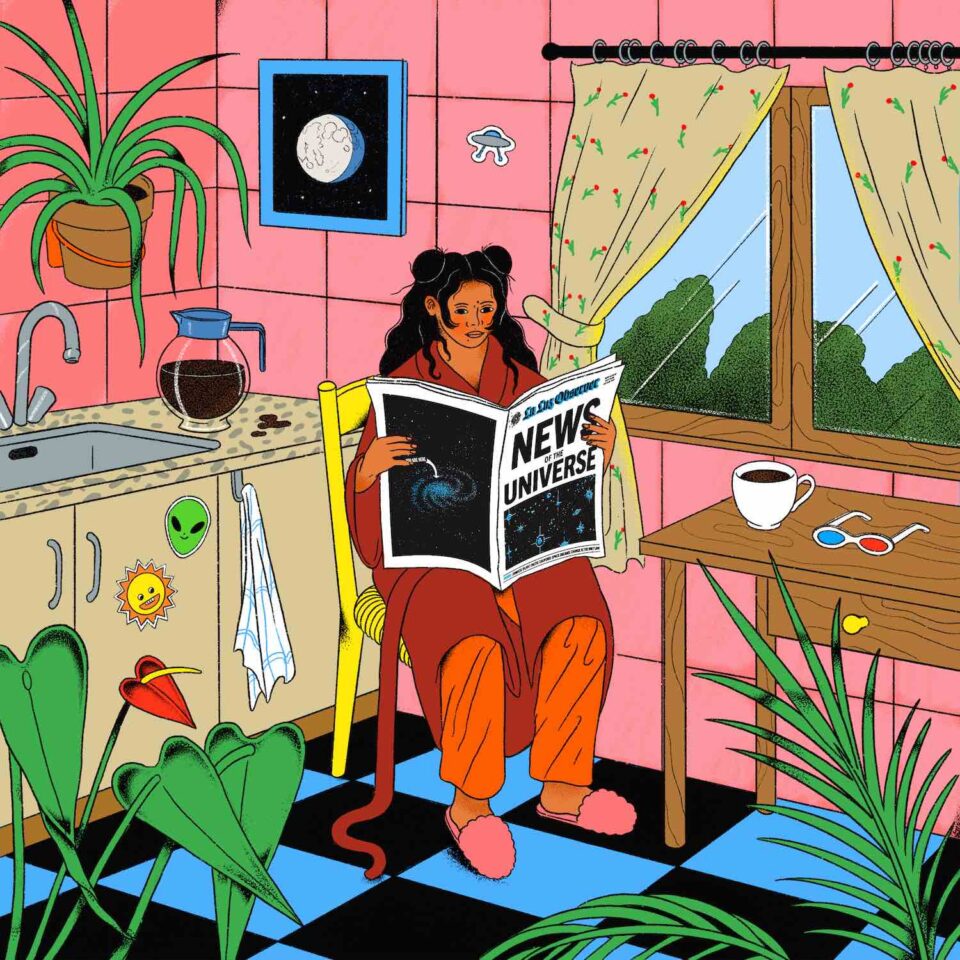BACKSTORY: The celebrated writer and director whose last couple of attempts at a directorial career just happened to produce two very hard-hitting new genre classics
FROM: Alexandria, Virginia
YOU MIGHT KNOW HIM FROM: Blue Ruin, the straight-up fucked-up revenge film whose success took him and everyone else by surprise
NOW: Figuring out what to do after earning Tarantino’s support and big box-office returns on his recent siege thriller, Green Room
Jeremy Saulnier has only made three movies, but his body of work is already something that pays back what a viewer puts in. If you start with his most recent film, Green Room, you’ll see Patrick Stewart, Macon Blair, a high level of technical polish, and a dog eating a human being alive; if you stream Blue Ruin, you’ll see Macon Blair, a high level of technical polish, and a bit of self-surgery; and if you go in for deep cuts and watch Murder Party, then you’ll get Macon Blair, very little polish, lots of blood and guts, and yet another very good movie.
Jeremy Saulnier can: make a movie; soak a room in gore.
Jeremy Saulnier cannot: keep Macon Blair, blood, or guts out of it. And that’s a good thing.
The budgets on his films have gone from roughly zero to whatever you can give (a.k.a. Kickstarter funding) to “wow, that’s Patrick Stewart” in very short order, but little has changed as a result. You don’t need a special effects budget when you don’t need special effects, and, as he puts it: “I miss an analog feel… I like when worlds had to be built from scratch. That’s how I get interested in the first place. I love films like RoboCop or Straw Dogs or River’s Edge or Apocalypse Now.”
All of those are noteworthy not only for their DIY aesthetic, but also for their reliance on real human beings and real geographic locations. And perhaps that’s why Saulnier, when presented with bigger studio projects after the success of Blue Ruin, ultimately found that home was where he already lived. He said no to Hollywood and went back to what he knew: farmland, punk rock, arts and crafts, and writing.
Saulnier, when presented with bigger studio projects after the success of Blue Ruin, ultimately found that home was where he already lived.
“We had a bit more access and a bit more money, but I didn’t want to go for a convoluted plot with every role taken by a seasoned, veteran movie star,” he says.
Instead, he stuck with the people he’d relied on in the past and then mined a location and a milieu for the rest. People and weapons and no way out but through: it’s brutal, but it’s not a bad recipe.
“I love the horror/thriller genre. I love the atmosphere, and that real peril. That’s what I miss. As a kid you don’t know the formula. As one gets older or as audiences mature and get savvy about such formulas, you need to have such peril—otherwise you’re just waiting to see the makeup effects.”
That’s been there from the beginning, too, the makeup effects. There is no veil of technology here. And as he himself admits, “There are moments that get audible gasps, and they’re not necessarily pleasurable. But…that’s OK with me.”
To date, Saulnier has written all of his own scripts, but he’s not afraid of outside material and the bigger budgets that would tend to go with them.
When asked what franchises he currently relates to, he throws out the Bourne series as “very downscale and relatable.” It makes a lot of sense. This is a director who wants to put everyday people in extraordinary situations. He wants to ask “what happens next” after you drop everyday people into an unbelievable situation (or to put that another way, into a genre film). And that’s exactly where the Bourne franchise began, with an everyday guy awaking to an incredible new reality. We’ll see what happens next. FL







